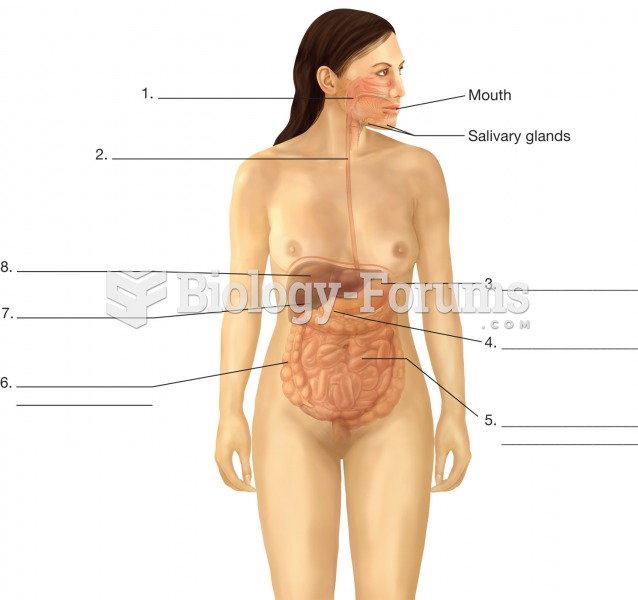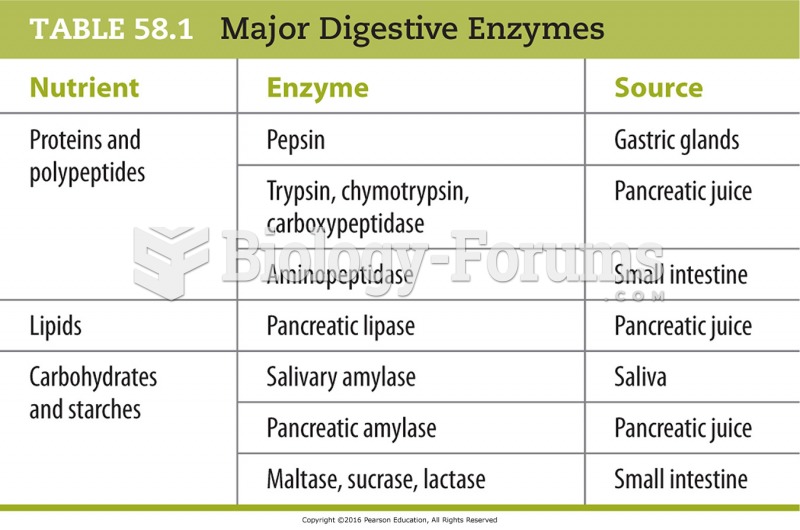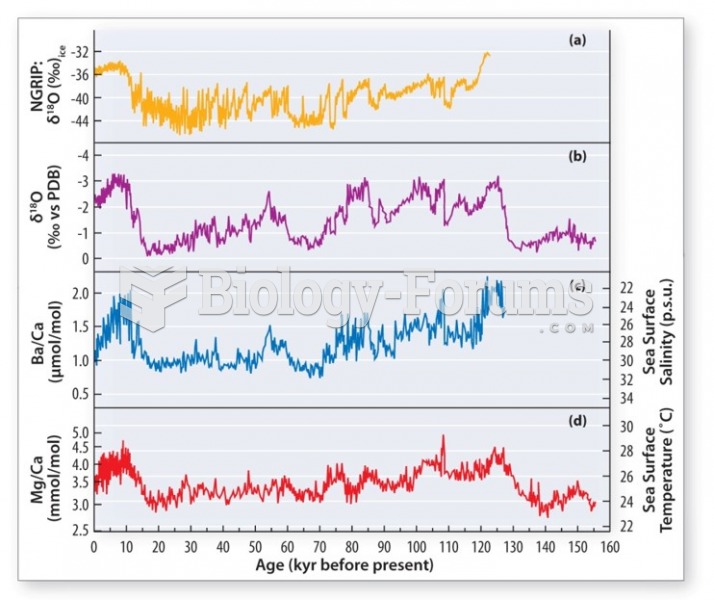Answer to Question 1
(For this question, a list of the structures and their functions - i.e., an outline - is sufficient. Food travels through the digestive tract in this order: mouth, esophagus, lower esophageal sphincter (or cardiac sphincter), stomach, pyloric sphincter, duodenum (common bile duct enters here), jejunum, ileum, ileocecal valve, large intestine (colon), rectum, and anus.).
The process of digestion begins in the mouth. As you chew, your teeth crush and soften the food, while saliva mixes with the food mass and moistens it for comfortable swallowing. Saliva also helps dissolve the food so that you can taste it; only particles in solution can react with taste buds.
When you swallow a mouthful of food, it passes through the pharynx.
The esophagus has a sphincter muscle at each end. During a swallow, the upper esophageal sphincter opens. The bolus then slides down the esophagus, which conducts it through the diaphragm to the stomach. The lower esophageal sphincter closes behind the bolus so that it cannot slip back. The stomach retains the bolus for a while, adds juices to it, and transforms it into a semiliquid mass called chyme. Then, bit by bit, the stomach releases the chyme through another sphincter, the pyloric sphincter, which opens into the small intestine and then closes after the chyme passes through.
At the beginning of the small intestine, the chyme passes by an opening from the common bile duct, which secretes digestive fluids into the small intestine from two organs outside the GI tractthe gallbladder and the pancreas. The
chyme travels on down the small intestine through its three segmentsthe duodenum, the jejunum, and the ileum. Digestion is completed within the small intestine.
Having traveled the length of the small intestine, what remains of the intestinal contents passes through another sphincter, the ileocecal valve, into the beginning of the large intestine (colon). The contents travel up the right-hand side of the abdomen, across the front to the left-hand side, down to the lower left-hand side, and finally below the other folds of the intestines to the back side of the body above the rectum.
As the intestinal contents pass to the rectum, the colon withdraws water, leaving semisolid waste. The strong muscles of the rectum hold back this waste until it is time to defecate. Then the rectal muscles relax, and the last sphincter in the system, the anus, opens to allow the wastes to pass.
Answer to Question 2
True







